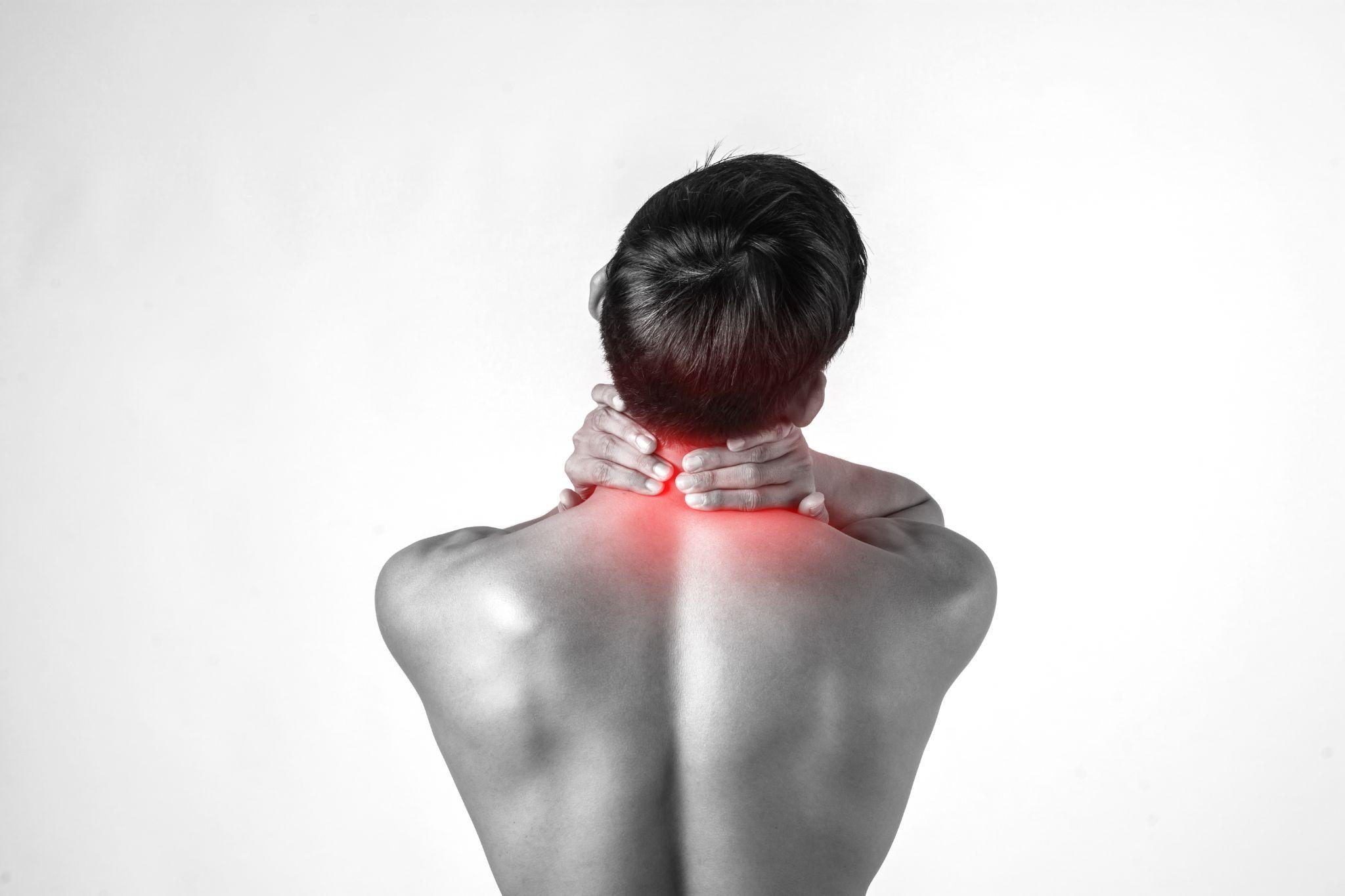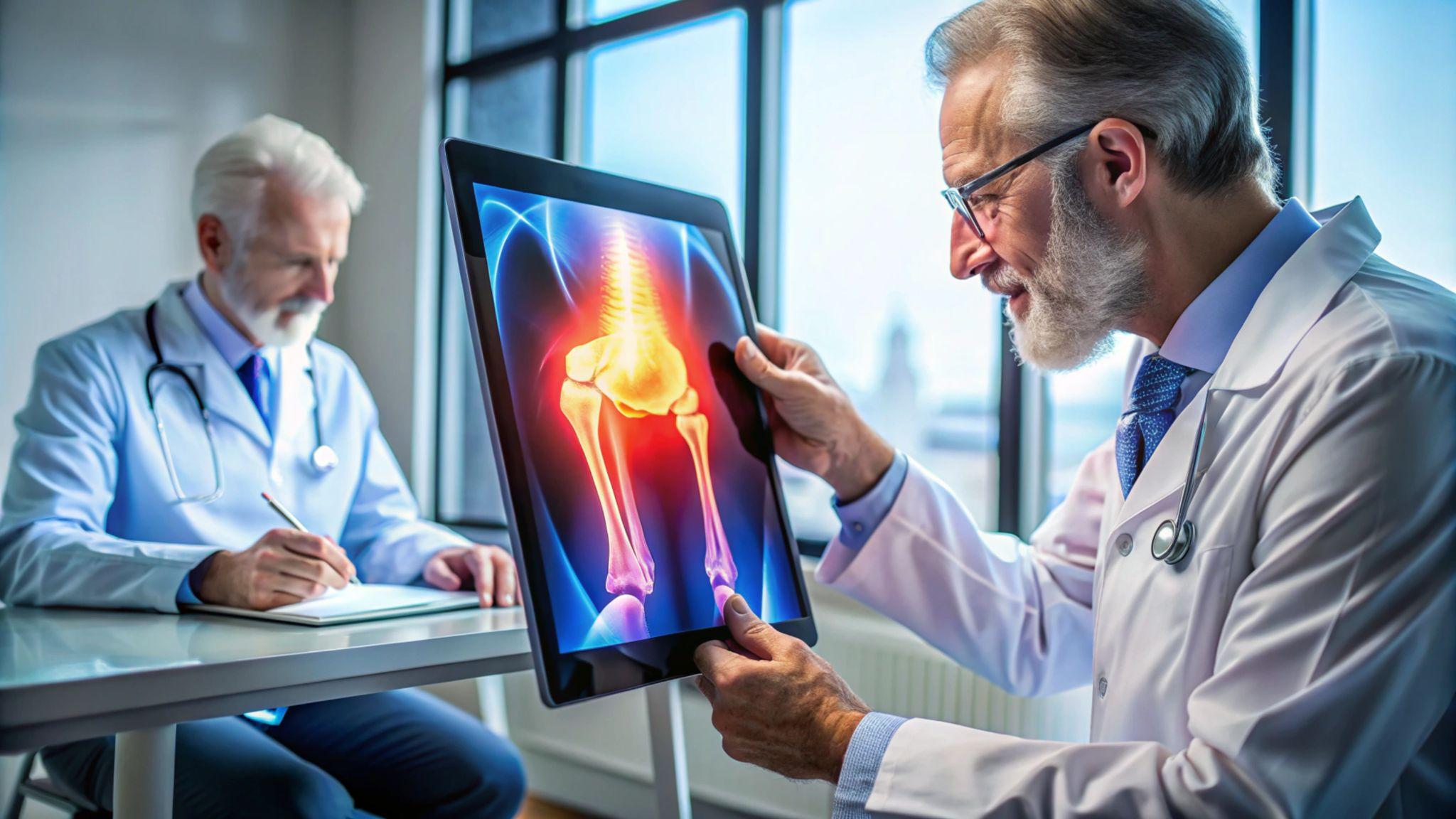Managing Post-Op Pain: Pain Control Options After Joint Replacement

If pain is appropriately managed, your recovery is more straightforward and more effective.
Having a joint replacement surgery, whether it's your knee, hip, or shoulder, can seem like a huge step, and it should. These operations are commonly suggested when joint pain is unbearable and restricts your mobility during the day. Although the intention is to enhance your quality of life, post-surgery pain management is an integral aspect of recovery.
It's natural to experience pain after surgery. Your body has just undergone a significant procedure. However, the good news is that this pain can be effectively managed with the right plan and support. With excellent pain control, patients can look forward to a quicker recovery, regain strength, and prevent long-term complications, instilling a sense of hope and optimism.
In this blog, we will guide you through the importance of post-op pain control, what to expect when it comes to pain, and the most reliable methods of pain relief prescribed by doctors and physiotherapists of today.
Why Pain Management is Crucial After Joint Replacement?
Pain following surgery isn't only unpleasant, it hinders healing if not controlled. Pain control is essential for the following reasons:
- Pain may prevent you from moving, which is a significant problem following joint replacement. Motion is the key to recovery, and if you're afraid to move for fear of pain, it may cause stiffness or impaired healing.
- Uncontrolled pain adds to stress, both psychological and physiological. It can elevate blood pressure, disturb sleep, and even cause complications such as blood clots or infection.
- Reasonable pain control, on the other hand, facilitates quicker recovery. It enables you to initiate early physiotherapy, walk without hesitation, and achieve independence earlier.
Types of Pain After Joint Replacement Surgery
Pain after surgery is not always the same, and knowing the types can assist you and your physician in selecting the ideal alleviation approach.
Acute Post-Surgical Pain
This refers to the post-surgery pain you experience right after the procedure, most commonly in the first couple of days. It is a result of the incision, tissue handling, and inflammation within the body.
Inflammatory Pain
As your body heals, tissues around the joint may swell and feel warm or sore. This is a natural part of recovery and can last for several days or weeks.
Muscular or Referred Pain
Sometimes, other parts of your body start to ache. This can happen because you’re moving differently or using other muscles more to avoid pain at the surgery site.
Chronic Post-Operative Pain
If pain persists for longer than 3 months following surgery, it's then chronic. Though not common, it can occur and might require a different mode of treatment, such as specialized therapy.
Pain Control Options: What Are the Choices?

Your pain management plan should always be tailored to your specific condition and comfort level. Never hesitate to speak openly with your doctor or physiotherapist.
Since we now know about the kinds of pain, let's address the equipment and methods at our disposal to deal with them appropriately.
1. Medications
Painkillers are often the starting point for post-op treatment. They may be taken on their own or in combination.
- Opioids (such as tramadol or morphine): Strong painkillers, but only to be used for the short term. They may lead to drowsiness, constipation, or addiction if used over a long period.
- NSAIDs (such as ibuprofen or diclofenac): They decrease inflammation and pain. They're particularly good at treating inflammatory pain.
- Acetaminophen (Paracetamol): A frequent painkiller that's commonly paired with other medications to be more effective.
- Nerve pain drugs (such as gabapentin or pregabalin): These work if your pain has a burning or stinging feeling, which is usually nerve pain.
2. Regional Anesthesia and Nerve Blocks
Nerve blocks during or after surgery are now used in many hospitals. These are local anesthetics injected close to nerves to numb the surrounding area. They give excellent pain relief for a few hours (or even days). They minimize the use of potent drugs like opioids. It is commonly used in knee and shoulder replacement surgeries.
This technique is particularly beneficial soon after surgery when pain is usually most intense.
3. Cold Therapy (Cryotherapy)
One of the simplest and most natural options is cold therapy, which numbs the area, decreases swelling, and manages inflammation. Use ice packs, cold pads, or circulating cold water devices. It's especially effective during the first few weeks post-op. Make sure to wrap ice packs in a cloth to protect your skin. Using cold therapy several times a day can give great relief without side effects.
4. Physical Therapy & Gentle Movement
It may sound surprising, but movement helps reduce pain in the long run.
Physical therapy improves blood flow, which helps in healing. Gentle, guided exercises prevent stiffness and maintain flexibility. A professional physiotherapist will take you through exercises that are safe and healthy for your joint replacement. This is one of the most critical aspects of long-term recovery and pain management.
5. Assistive Devices
During the initial recovery period, you may require devices to assist your body and avoid excessive pressure on your recuperating joint. Walkers or crutches enable you to walk safely.
Braces or cushions offer additional comfort and joint support. Using the right assistive device can lower your pain and reduce the chance of falling or straining the joint again.
6. Alternative Therapies
For those looking beyond traditional medicine, there are some gentle and research-supported alternatives:
- TENS units (Transcutaneous Electrical Nerve Stimulation): These small devices send mild electrical signals to block pain.
- A cupuncture or massage therapy, when done by licensed professionals, can help relieve muscle tension and promote relaxation.
- Breathing and mindfulness: Surprisingly, deep breathing and meditation can decrease the perception of pain in your body.
Although these don't supplant medicine or therapy, they're excellent additions to an overall pain management program.
Multimodal Pain Management Approach
Physicians nowadays commonly employ a technique called multimodal pain management, which just means combining several pain control methods in one approach rather than taking one approach and using it alone.
For instance, you may receive:
- A block of nerves during surgery
- Ice packs and medications after
- Physical therapy appointments the day after
- TENS and gentle stretching in the home environment
It provides more relief from pain. Decreases opioid dependence. Hastens your recovery and return to your usual routine

A professional physiotherapist will take you through exercises that are safe and healthy for your joint replacement. This is one of the most critical aspects of long-term recovery and pain management.
Tips for Controlling Pain at Home
After you're home from your joint replacement surgery, managing your pain is a large part of your recovery process. The hospital staff establishes the initial care, but what you do in your home contributes to your comfort and healing.
These are some easy and effective home remedies to keep your pain under control:
- Stick to your medication schedule: Don’t wait for the pain to become unbearable before taking your meds. Taking them on time, exactly as prescribed, helps prevent pain from spiking.
- Use ice packs regularly: Cold therapy helps reduce swelling and numbs the area naturally. Make sure to wrap the ice in a cloth and apply it as per your doctor’s advice, usually 15-20 minutes at a time, several times a day.
- Elevate the joint: If you have had a knee or hip replacement, it may be helpful to reduce swelling by gently propping up your leg. Elevation should be done using a pillow under the ankle (not the knee), particularly in the first few days after surgery.
- Do your exercises and physio without skipping: Even though it will be uncomfortable initially, gentle movement is essential. Your physiotherapist also knows precisely what your body requires, so be careful and stick to the plan. Skipping exercises may lead to more pain in the future.
- Watch for changes: If the pain becomes narrower, spreading, or worse than it was before, don't brush it off. This may be a signal that your doctor should take a look.
When to Call for Medical Attention
Although some pain is always to be expected after joint surgery, there are some warning signs that you should never disregard. Being aware of when to call your physician can help prevent you from experiencing severe complications.
Be aware of these signs:
- Severe redness, swelling, or heat over the joint: This may be an indication of infection or inflammation that requires immediate attention.
- Fever or chills: A fever, particularly during the first week post-surgery, may indicate that your body is struggling with an infection.
- Pain that worsens rather than improves: If your pain worsens suddenly or fails to improve for a few days, it's time to see a healthcare provider.
- Unpredictable side effects of medicines: Dizziness, extreme sleepiness, nausea, or a rash may indicate that your body is not receiving the medication well.
If something does not seem right, do not hesitate to ask. Better to err on the side of caution than to be sorry later when it comes to post-operative care.
Conclusion
Recovery from joint replacement surgery is not simply a matter of healing the wound; it's also about working through pain wisely so your body can regain strength and mobility. From medicines and cold compresses to physical therapy and nerve blocks, various treatments and procedures collaborate to provide relief.
If you follow your doctor's orders, maintain your routine, and heed your body's signals, these are the most crucial things you can do. The best news of all is that, with reasonable pain control, your recovery will be easier, quicker, and significantly more comfortable. Remember that temporary pain, lifetime rewards for joint replacement! Take it day by day, you can do this!